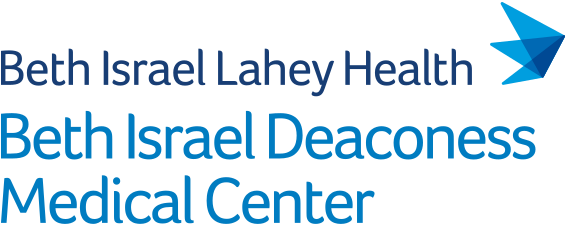Abstract
PURPOSE: Ultrasound-guided fine needle aspiration (FNA) is a very low-risk procedure. Despite this, there remains great variability in the use of protective equipment. Given the monetary and environmental costs of protective equipment, the difference in infection rates with full versus limited protective equipment was assessed.
METHODS: A total of 857 consecutive patients were retrospectively reviewed after undergoing thyroid FNAs at the main hospital and outpatient clinic site performed from 12/1/2020 to 11/30/2023. The hospital site operated with full protective equipment (bouffant, sterile gown, sterile gloves, and full body sterile drape), and the outpatient site with limited (sterile gloves, limited sterile paper drape) protective equipment. Two patients were excluded as no procedure was performed. Review for signs of infection within 30 days of procedure was performed using medical records, which was blinded to the extent of protective equipment utilization.
RESULTS: No infections were identified in either group, with 0/629 (0%, 95%CI 0-1%) in the full protective equipment group vs. 0/226 (0%, 95%CI 0-2%) in the limited protective equipment group. There was no statistically significant difference in infection rate between full and limited protective equipment use in thyroid FNA in the included 855 procedures (95%CI 0-1%). Two patients out of 629 (0.3%) in the full protective equipment group developed mild allergic reaction to topical antiseptic. The 226 procedures with limited protective equipment represent a saving of at least 204,530 g of CO2 equivalents, equivalent to driving a car for almost 3000 miles.
CONCLUSION: Reducing the extent of protective equipment does not adversely affect the infection rate in thyroid FNAs. Given the inherent costs involved in the procurement and waste of protective equipment, reducing protective equipment use is warranted to reduce both the monetary and environmental impacts of waste.
